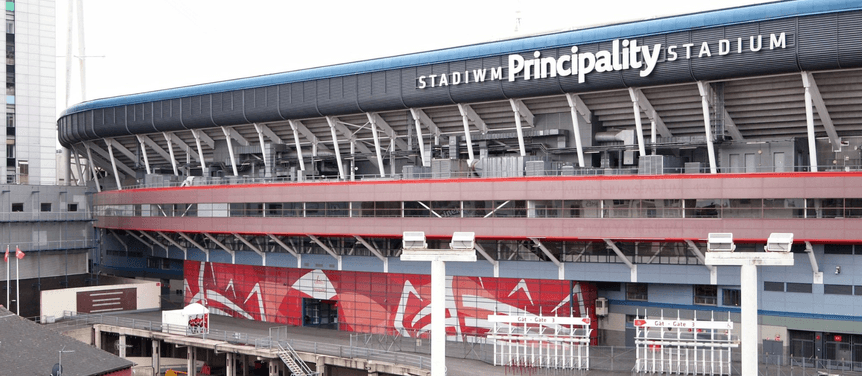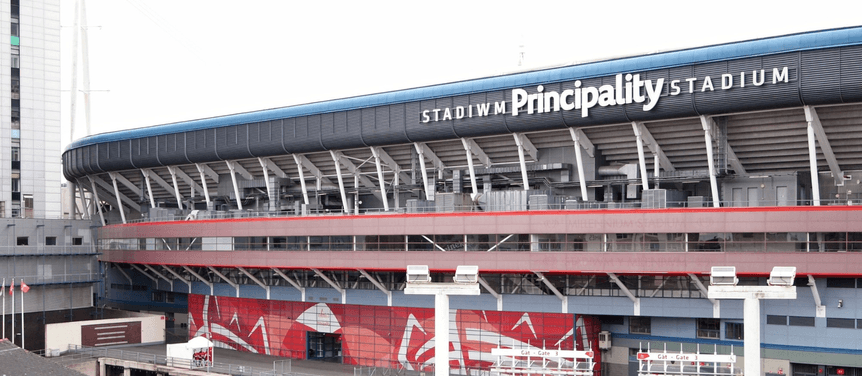
Can you park on a single yellow line?
Avoid unexpected fines when parking on streets with single yellow lines.
When navigating high-traffic areas, one of the most common questions drivers have is whether they can park on a single yellow line.
Understanding the local rules and regulations is crucial for avoiding fines and ensuring smooth traffic flow — here’s how you should identify whether you can park there or not.
Where are single yellow lines found on roads?
Single yellow lines are commonly found in urban areas, particularly in city centres and residential streets where parking and traffic control are necessary. These lines are typically painted along the kerb and indicate that there are parking restrictions in place during certain times of the day. You might also find them near schools, shopping districts, and busy junctions to help manage traffic congestion.
What types of roads have single yellow lines?
Single yellow lines can appear on a variety of roads, including:
Residential streets: To prevent all-day parking by non-residents and ensure spaces are available for locals.
Commercial areas: To allow loading and unloading during specific times while preventing long-term parking.
Main roads: To keep traffic flowing smoothly during peak hours by restricting parking.
Near schools and hospitals: To ensure safety and clear access for emergency vehicles and school traffic.
Why are single yellow lines there?
The primary purpose of single yellow lines is to control parking and ensure the free flow of traffic. They are implemented to:
Reduce congestion: By restricting parking during peak hours, single yellow lines help prevent traffic bottlenecks.
Enhance safety: Clear roads around schools and hospitals can significantly reduce the risk of accidents.
Facilitate loading and unloading: In commercial areas, single yellow lines provide designated times for businesses to load and unload goods without causing long-term obstruction.
Can you park on a single yellow line?
Whether you can park on a single yellow line depends on the specific restrictions in place, which are indicated by nearby signage. These signs will detail the hours during which parking is prohibited, how long you can park there or when might be off-bounds. Generally, you may be able to park on a single yellow line outside of these restricted hours.
Key Points to Remember:
Check the road signs: Always look for signs that specify the hours of restriction.
Keep an eye on the time: Restrictions typically apply during peak traffic hours, such as morning and evening rush hours.
Loading and unloading permissions: In some areas, you may be permitted to stop briefly for loading or unloading during restricted times.
What are the penalties for improper parking?
Parking on a single yellow line during restricted hours can result in a penalty charge notice (PCN). The fines can vary by location but generally fall within the range of £60 to £130. Fines are usually reduced if paid within a specified period, often 14 days.
Avoiding penalties:
Observe signs and road markings: Pay attention to all signs indicating parking restrictions.
Use parking apps: Many parking apps, like JustPark, provide real-time information on parking restrictions and availability. Plus, you can book spaces in advance to avoid any risk in busy or unfamiliar areas.
Stay informed: Be aware of local parking regulations and any temporary changes due to events or roadworks.
What about double yellow lines?
Unlike single yellow lines, double yellow lines indicate that parking is prohibited at all times. There are no time-based exceptions, and parking on double yellow lines can result in immediate fines or towing. Double yellow lines are used in areas where it is crucial to keep the road clear at all times, such as narrow roads, bus routes, and areas with heavy traffic.
Key differences:
Single yellow lines: Restrict parking during specific times, as indicated by nearby signs.
Double yellow lines: Prohibit parking at all times, with no exceptions.
Understanding the rules around single yellow lines is essential for every driver in the UK. Always check for signage that details parking restrictions and adhere to them to avoid penalties. By following these guidelines, you can contribute to smoother traffic flow and safer roads for everyone.





